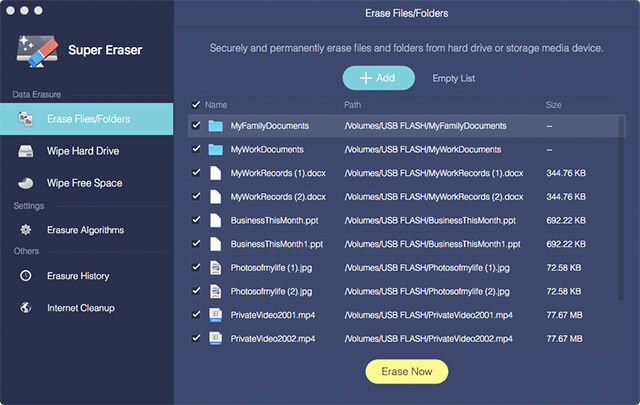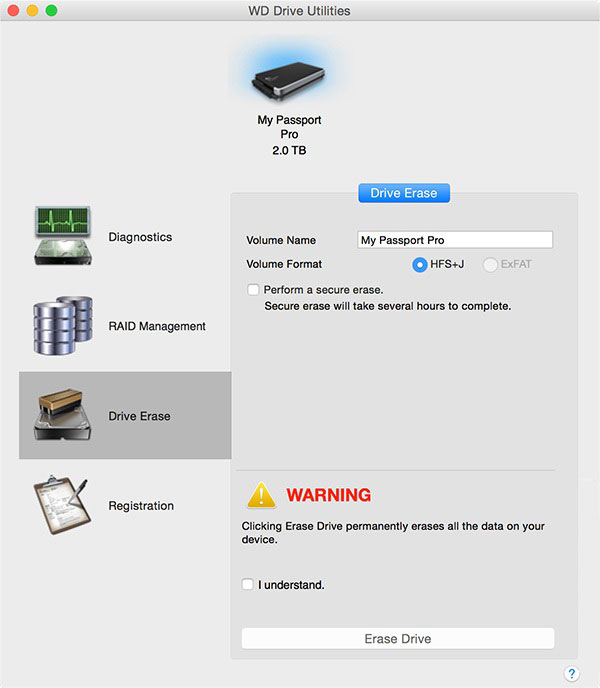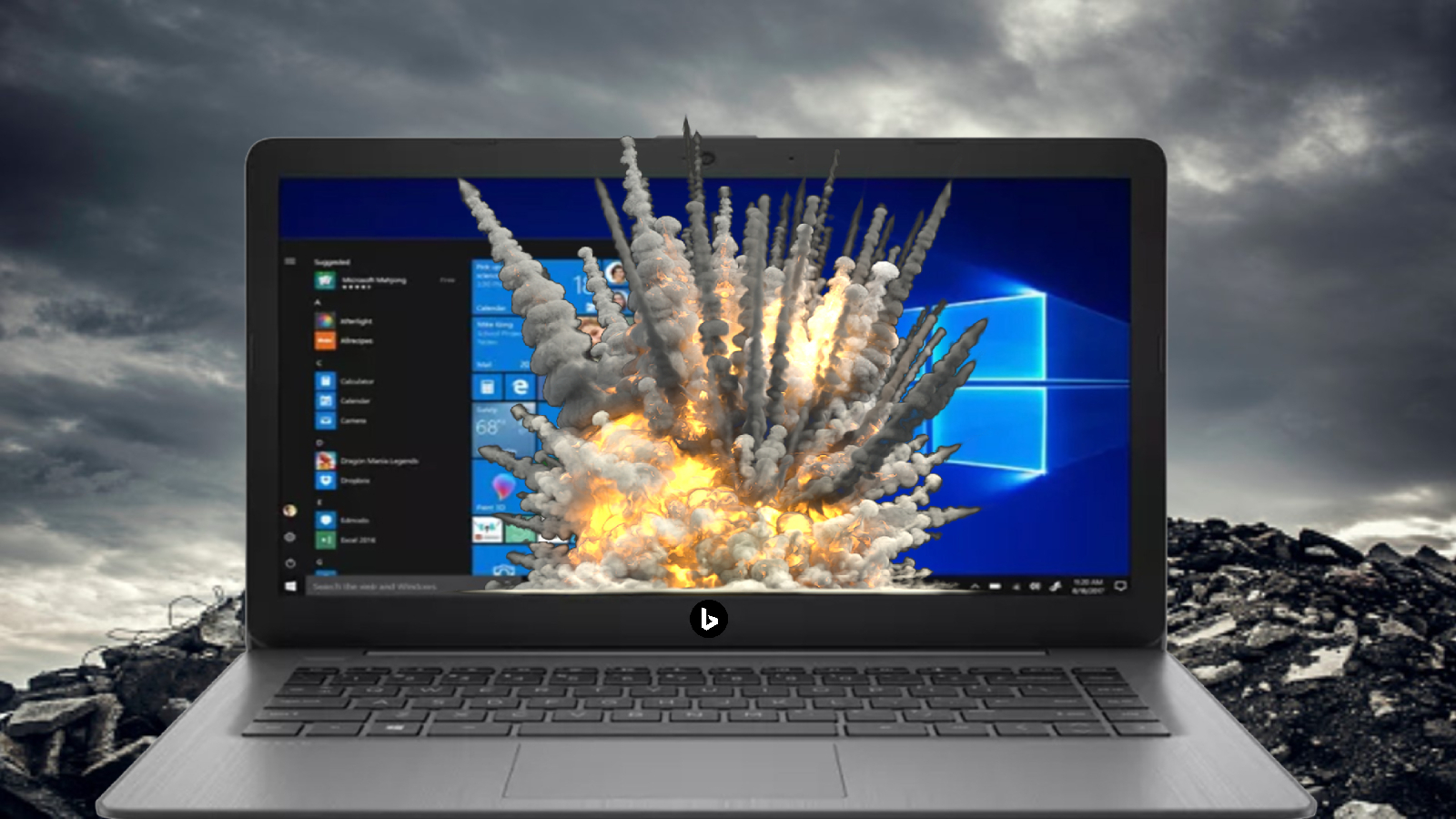

Select the capacity of the drive respective to the one containing the device you wish to format then click the Erase tab.Įxample: If the drive is called 'NO NAME', directly above that, you should see the drive capacity of 'XXXX'. On the left side of the window are the drives connected to the computer. Click the Applications folder - if using a Finder Window Applications will be in the left side menu.ĥ. Double-click on Macintosh HD - or in the Finder menu click File > New Finder WindowĢ. Instructions below are for 10.11.x (El Capitan) and 10.12.x (Sierra) Disk Formats For Macos Macġ. Choose “Mac OS Extended (Journaled)” or another file system if you.

C) Follow prompts to select a file system. Now, fire it up! B) Look to the left of the “Disk Utilities” window and select the drive to be reformatted. Matter of fact, you’ll be seeing this tool a lot throughout the article. A) Yes, you’re going to be using “Disk Utility” again. And our online knowledge base provides detailed, step-by-step instructions for each Disk Drill feature. We have designed our app to ensure that you don’t have to spend hours figuring out a new software. You shouldn’t have to be a Macintosh expert to recover files.

If you are using a Mac, you can run the built-in Disk Utility to quickly format a hard drive or external hard drive under Mac OS.

For Windows, it offers quick format feature when you right-click the hard drive on the computer. Both Windows and Mac OS offer built-in disk formatting tool. 3) A pop-up box appears enter a name for the drive as you want it to be known as henceforth, and then click on the “Format” drop-down box to. Back up all your data before proceeding.Ģ) With the right disk selected (be careful not the choose the wrong one), click on the “Erase” button at the top center of the Disk Utility app. WARNING: Formatting will erase all data on the device.


 0 kommentar(er)
0 kommentar(er)
